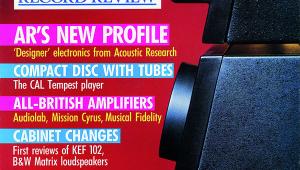A Perfect 10 Page 2
Note that a minor adjustment for the bearing tightness can be performed by the user, via an adjuster at the base of the bearing housing, but I would always opt for factory or dealer tweaking.
Fine Grooves
The belt, meanwhile, is fitted over the pulley and placed around the sub-platter. The massive main platter is covered in the same finely grooved, mustard-coloured material found on both the SME 20 and 30 turntables, which mates beautifully with your LPs for ideal contact.
Slightly changed from the complex clamping arrangement found in the 20/30 decks is a new single piece screw-down clamp – a marvel of machining – and a special washer placed over the spindle to raise the LP at the centre. SME recommends that the user taps the LPs at three equidistant points to make sure that the disc mates securely with the platter.
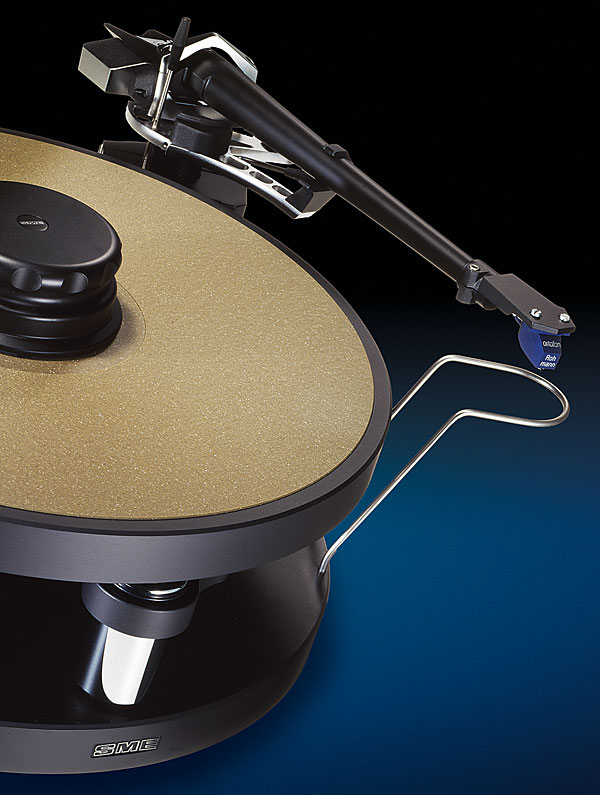
As for the new Model 10 arm, which sells for a cost-effective £689.33, it's the latest in a series of variants which make the SME V's primary virtues available to the many at a reduced cost. Unlike models sold on an OEM basis to other manufacturers, which vary in colour or merely do without the damping or some other feature, the SME 10 is a redesign which aspires to greater simplicity as well as 'universality'.
Most noticeable is the separate headshell, allowing for cartridge azimuth alignment; the SME V presupposes absolutely perfect set-up from the outset. As for the counterweight assembly it's simpler, if slightly cruder, the SME 10's weight lacking the Vernier-style wheel which allows you to move it back and forth in small, controlled increments.
On the SME 10, you slide it back and forth by hand, your own delicate touch determining how coarsely to make the changes. It does, however, lock with the same secure method. But the most important change to the SME 10 is a simplified arm base, featuring locating pins and only two screws to affect the proper mounting; it still retains grip when the set screws are loosened to keep the arm in the position you've set it prior to final tightening.
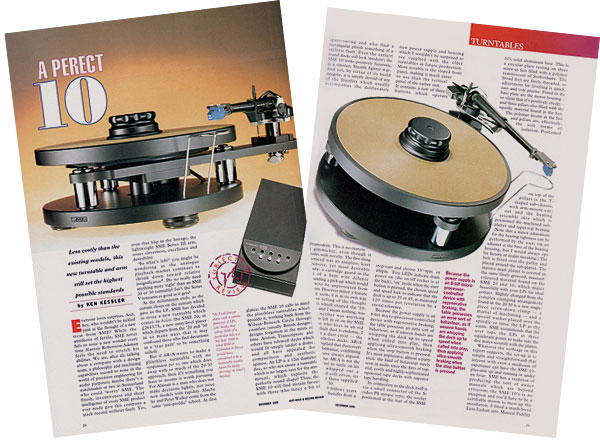
The cut-out on the SME 10 armboard accommodates both the new arm base and the traditional SME four-screw type. In all other respects – anti-skate, height adjustment, etc, the new SME 10 arm mirrors the SME V.
Simple Set-Up
So is the SME 10 clever? Complete? Ergonomically perfect and above criticism? You'd better believe it. In fact, the only product I know of which comes close to the SME 10 arm (and the SME Series V, of course) for such thorough 'rightness' are the Leica M-Series cameras. And, boy, how I'd love to let AR-A loose on their few remaining faults...
Whatever the verbiage in this report suggests, the set-up is so simple and straightforward that anyone with even a modicum of experience can have the SME 10-plus-arm up and running in under an hour. The company has a tradition of producing owner manuals that are beyond criticism and the SME 10's is no exception. You'd have to be a certifiable moron to mess up this installation.
![]() Sound Quality
Sound Quality
I fitted a much-loved Lyra Lydian cartridge into Musical Fidelity X-LP and EAR 834P phono sections, Lexicon MC-1 and Musical Fidelity Nu-Vista preamps, Nu-Vista 300 and Acurus 3X200 power amps, and used pairs of Sonus faber Guarneri, Wilson WATT/Puppy 6 and MartinLogan Scenario loudspeakers.
What I heard merely confirmed the results of the 'preparatory sessions' when I first experienced the SME 10 in AR-A's own legendary Audio Research/Krell/Quad system. How little did I realise after leaving Steyning that I was ready to write the review, unaware that the SME 10's absolute consistency was so utterly trustworthy.
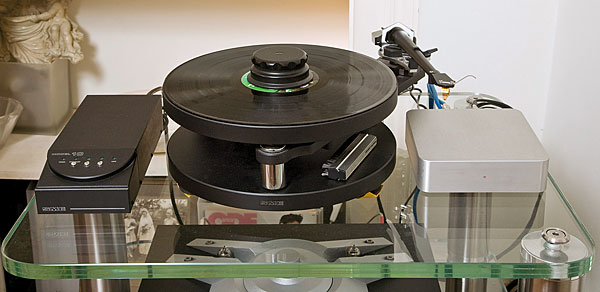
Nothing I heard later in my own systems contradicted the findings, despite different ancillaries. I stayed with the same recordings I tried at Alastair's: the Mobile Fidelity 180g pressing of Sonny Terry & Brownie McGhee's Sonny & Brownie and a vintage Peggy Lee LP, augmented by the new soundtrack to Yellow Submarine, some mono Mickey Katz on Capitol and The Police's Outlandos d'Amour on Vivante.
When pressed, AR-A might admit that the '20 and '30 offer more weight or solidity, or whatever virtues we lump in with sonic mass, scale and lower-octave supremacy. But to focus on this would be to imply that the 10 is a lightweight. It isn't. In fact, I find its bass to be among the most harmonious, listener-friendly, smooth, tight and coherent that I've ever heard.
In all other respects, it's pure SME, the sound exhibiting grip, precision, fine detail, consistency – we're talking about a tool, a turntable equivalent of the Wilson WATT Puppy approach to monitor-grade speakers. The SME 'experience' is all about low coloration, the minimising of residual noise, the banishment of any intrusion which might upset one's equilibrium.
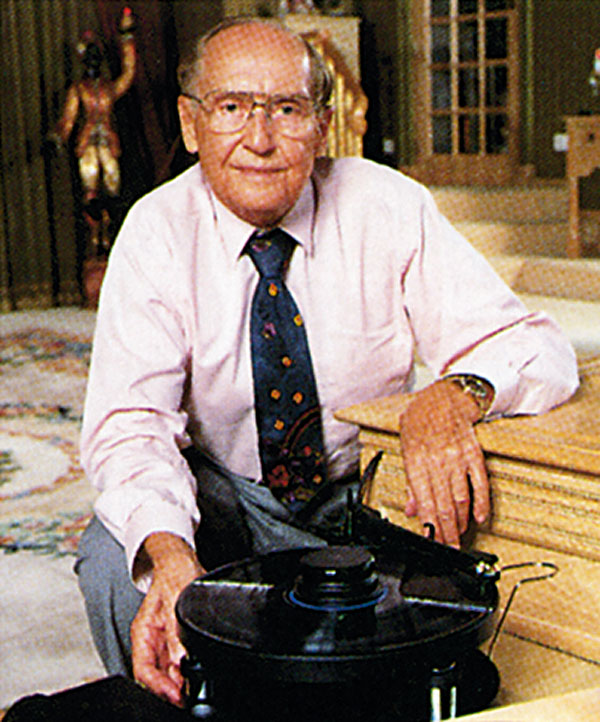
If you are ever lucky enough to meet AR-A, you'll know exactly what I mean. This is a man who must be a closet Buddhist, because he takes the concept of being 'unruffled' to extremes beyond that of a mere English gentleman.
And the turntable reflects this: it is polite, well-bred, refined. But, ahh!, you're thinking – it therefore must lack soul. This is not the case, unless you travel under the misguided assumption that turntables have rhythm.
For what the SME 10 reveals to me is that the soul, the rhythm and the funk are in the music, not the hardware. And the SME 10 lets you hear the music and nothing else. Indeed, this turntable is so eerily quiet and uncoloured that it is easily one of the best ambassadors yet for the sheer greatness of analogue replay via vinyl.









